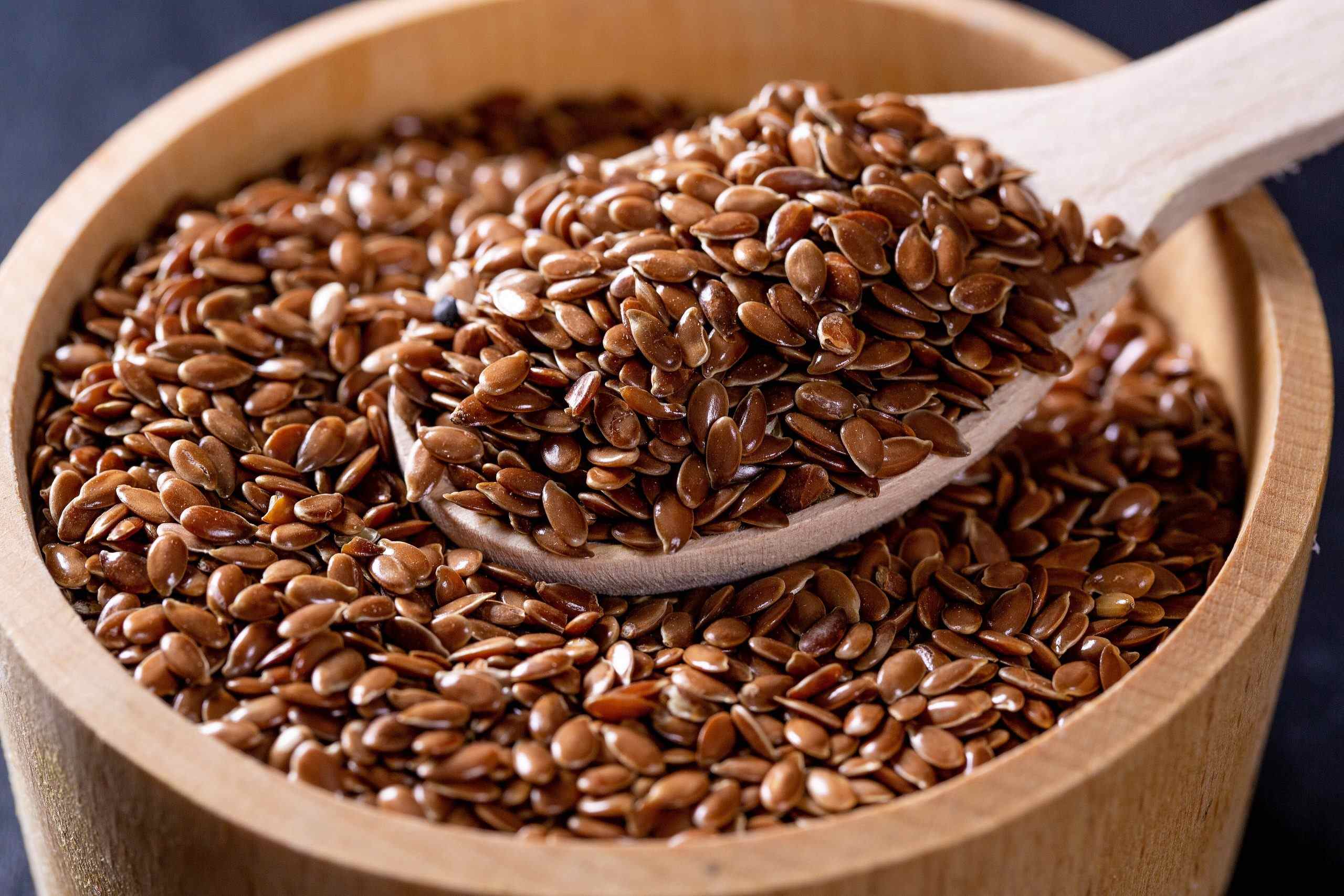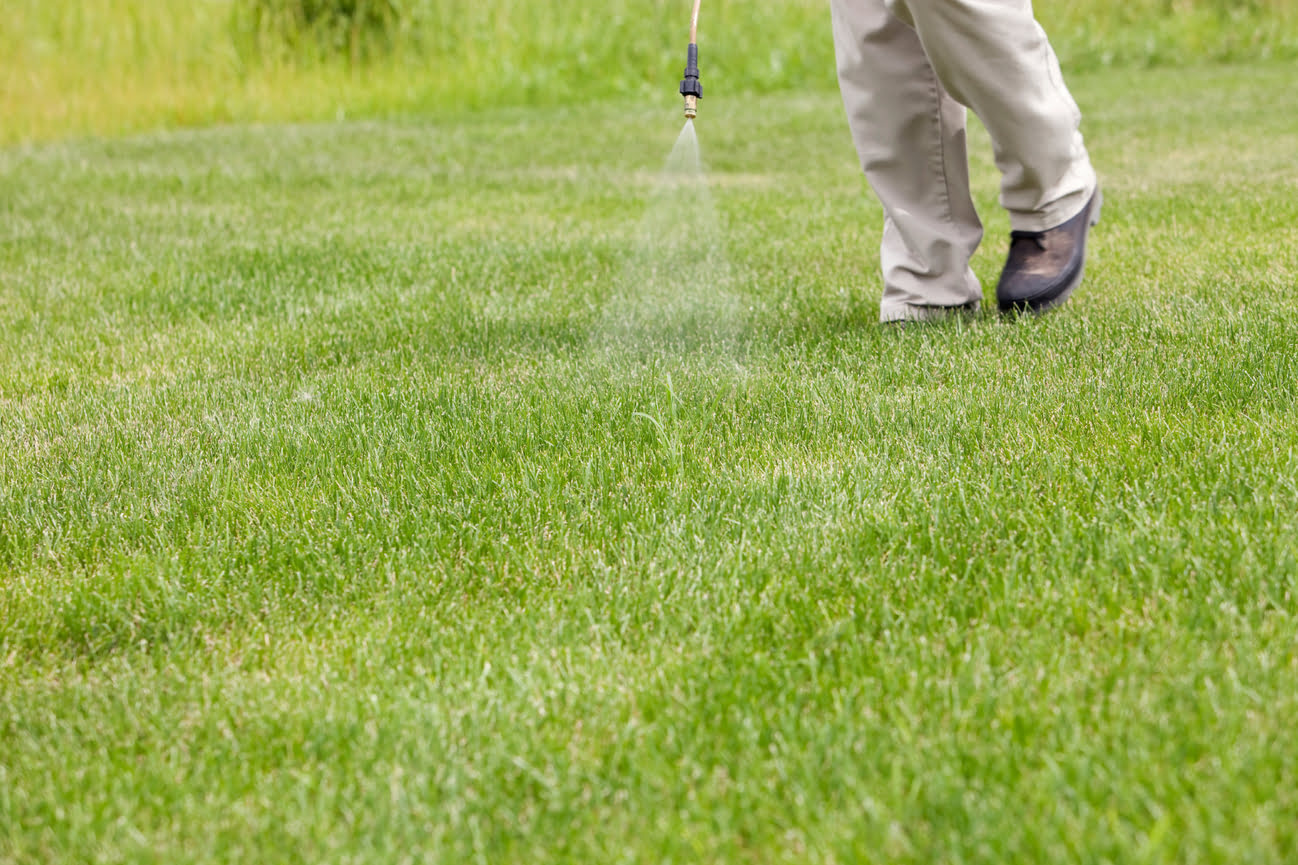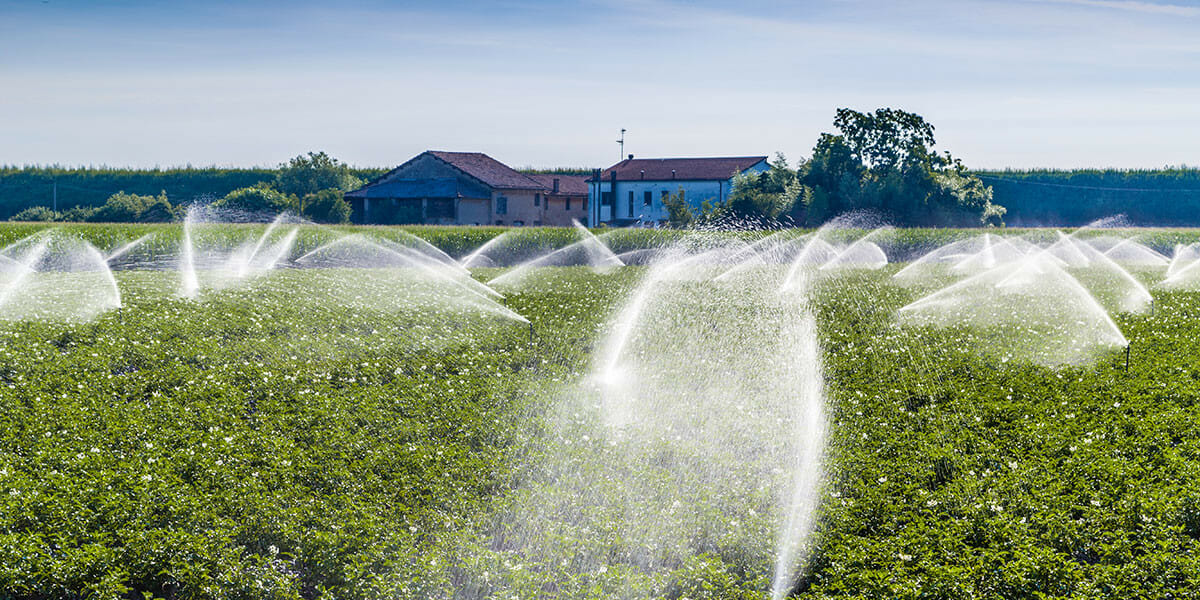Home>Types of Gardening>Ornamental Gardening>How Long Do Tulip Bulbs Last


Ornamental Gardening
How Long Do Tulip Bulbs Last
Published: January 19, 2024
Discover the lifespan of tulip bulbs in ornamental gardening. Learn how to extend the longevity of your tulip bulbs for a vibrant garden display.
(Many of the links in this article redirect to a specific reviewed product. Your purchase of these products through affiliate links helps to generate commission for Chicagolandgardening.com, at no extra cost. Learn more)
Table of Contents
**
Introduction
**
Tulips are renowned for their vibrant colors and elegant beauty, gracing gardens with their stunning presence each spring. These beloved flowers are cultivated from tulip bulbs, which serve as the life source for these enchanting blooms. Understanding the lifespan of tulip bulbs is crucial for gardeners seeking to ensure the longevity and vitality of their tulip displays. In this article, we will delve into the intriguing world of tulip bulbs, exploring their lifespan, factors influencing their longevity, proper storage methods, and the telltale signs of deterioration. By gaining a comprehensive understanding of these aspects, you can elevate your ornamental gardening endeavors and revel in a continuous spectacle of tulip splendor.
The lifespan of tulip bulbs is a topic of great interest and significance to gardening enthusiasts. As such, delving into the intricacies of tulip bulb longevity can illuminate the practices and measures that can be undertaken to maximize their lifespan. This article aims to provide a holistic exploration of this subject, offering valuable insights and practical guidance for nurturing healthy and enduring tulip bulbs. Whether you are a seasoned gardener or a novice enthusiast, the knowledge shared here will empower you to foster thriving tulip displays that captivate the senses year after year. Let us embark on this enlightening journey into the realm of tulip bulbs, uncovering the secrets to extending their vitality and preserving their allure.
Understanding Tulip Bulbs
Before diving into the factors influencing the lifespan of tulip bulbs, it is essential to grasp the fundamental nature of these underground marvels. Tulip bulbs are specialized storage organs that contain all the essential nutrients and embryonic structures required for the development of tulip plants. These bulbs serve as reservoirs of energy and nourishment, enabling the tulips to thrive and bloom with resplendent colors.
Comprising layers of fleshy scales, tulip bulbs are meticulously designed by nature to sustain the plant through periods of dormancy and unfavorable conditions. Within the bulb, miniature versions of the tulip plant, including the stem, leaves, and flower, are intricately encased, poised to unfurl and burgeon when the time is right. This inherent resilience and potential for rejuvenation make tulip bulbs a marvel of botanical adaptation and endurance.
Understanding the anatomy and physiology of tulip bulbs unveils their remarkable capacity for survival and regeneration. These attributes underscore the significance of providing optimal care and conditions to prolong the lifespan of tulip bulbs, ensuring their ability to yield breathtaking blooms season after season. By delving into the intricacies of tulip bulbs, we can gain a deeper appreciation for these natural wonders and cultivate a profound reverence for their role in adorning our gardens with splendor.
Factors Affecting Tulip Bulb Lifespan
The lifespan of tulip bulbs is influenced by an array of factors that collectively determine their vigor and longevity. Understanding these factors is pivotal for gardeners seeking to optimize the lifespan of their tulip bulbs and foster thriving floral displays. One of the primary determinants of tulip bulb lifespan is the quality of the bulbs at the time of purchase or planting. High-quality bulbs sourced from reputable suppliers are more likely to exhibit robustness and resilience, laying a solid foundation for sustained vitality.
Environmental conditions also play a pivotal role in shaping the lifespan of tulip bulbs. Adequate sunlight, well-drained soil, and optimal moisture levels are essential for the bulbs to flourish and endure. Additionally, the depth at which the bulbs are planted, the spacing between them, and the presence of competing vegetation can impact their longevity. By providing an environment that aligns with the natural habitat of tulips, gardeners can bolster the bulbs’ prospects for a prolonged and vibrant existence.
The post-blooming care of tulip plants is another critical factor influencing the lifespan of their bulbs. Allowing the foliage to photosynthesize and replenish the bulbs with nutrients after flowering is vital for their sustenance. Prudent deadheading, which involves the removal of spent blooms, prevents the bulbs from expending energy on seed production and fosters their capacity to thrive in subsequent seasons. Moreover, avoiding excessive watering during the bulbs’ dormant phase is essential to prevent rot and preserve their viability.
External threats, such as pests and diseases, can also impact the lifespan of tulip bulbs. Vigilance against common tulip pests, such as aphids and bulb mites, is crucial for safeguarding the bulbs from infestations that can compromise their health. Similarly, diseases like tulip fire and botrytis can pose risks to bulb longevity, necessitating preventive measures and prompt interventions to mitigate these threats.
By comprehending the multifaceted influences on tulip bulb lifespan, gardeners can proactively address these factors and implement strategies to fortify the bulbs’ resilience. Through attentive cultivation practices and a keen understanding of the interplay between environmental dynamics and horticultural care, the lifespan of tulip bulbs can be extended, perpetuating the allure of these beloved flowers.
Proper Storage of Tulip Bulbs
Ensuring the proper storage of tulip bulbs is imperative for preserving their vitality during periods of dormancy and safeguarding their potential for future growth and blooming. After the tulip bulbs have completed their flowering cycle, and the foliage has withered, it is essential to prepare them for storage in a manner that maintains their vigor and viability.
The first step in storing tulip bulbs is to allow the foliage to naturally senesce and turn yellow. During this phase, the leaves are photosynthesizing and channeling nutrients back into the bulbs, replenishing their reserves for the next growing season. Once the foliage has yellowed and dried, it can be gently removed, taking care not to damage the bulb or its basal plate. This process, known as deadheading, signals the transition of the plant into dormancy and marks the onset of the storage phase.
Before storing the bulbs, it is essential to inspect them for signs of damage, rot, or disease. Any bulbs showing indications of compromise should be discarded to prevent the spread of issues to the entire batch. Once the bulbs have been inspected and cleaned of soil and debris, they should be cured in a well-ventilated, dry area for a few days to allow any wounds to heal and the outer scales to dry, reducing the risk of fungal infections during storage.
When it comes to the storage environment, the key considerations are temperature, humidity, and air circulation. Tulip bulbs fare best when stored in a cool, dark, and well-ventilated location that is free from moisture and extreme temperature fluctuations. A temperature range of 50-60°F (10-15°C) is generally conducive to preserving the bulbs’ viability, while excessive heat or cold can compromise their quality. It is crucial to avoid storing the bulbs in areas prone to dampness or direct sunlight, as these conditions can provoke rot and desiccation.
For optimal storage, the bulbs can be placed in breathable containers such as mesh bags or wooden crates, allowing air to circulate around them and mitigating the risk of mold or mildew. Alternatively, they can be layered in a single layer in shallow trays lined with peat moss or vermiculite, which helps to insulate the bulbs and maintain a stable humidity level. Regular monitoring of the storage area and periodic inspection of the bulbs can help detect any signs of deterioration, enabling timely interventions to preserve the bulbs’ condition.
By adhering to these guidelines for proper storage, gardeners can safeguard the vitality of tulip bulbs during their dormancy, setting the stage for a resurgence of vibrant blooms in the seasons to come. Thoughtful storage practices are instrumental in nurturing enduring tulip displays and sustaining the legacy of these cherished floral gems.
Signs of Tulip Bulb Deterioration
Recognizing the signs of tulip bulb deterioration is crucial for preserving the health and vitality of these botanical treasures. As tulip bulbs age or encounter unfavorable conditions, they may exhibit various indicators of decline, signaling the need for intervention to mitigate further deterioration. By familiarizing oneself with these signs, gardeners can proactively address issues and optimize the lifespan of their tulip bulbs, fostering enduring floral abundance.
One of the primary signs of tulip bulb deterioration is softness or sponginess in the bulb’s texture. Healthy tulip bulbs are firm and turgid, indicative of their robust internal structure and viability. When bulbs begin to soften or develop a spongy consistency, it often signifies the onset of rot or fungal infection, compromising the bulb’s capacity to generate new growth. Additionally, the presence of mold or mildew on the bulb’s surface is a clear indication of deteriorating health, necessitating prompt remedial measures to prevent further decay.
Visible discoloration or blemishes on the bulb’s scales can also signify deterioration. While some natural discoloration may occur as bulbs age, the presence of extensive browning, blackening, or lesions can be indicative of underlying issues such as fungal infections or physical damage. Monitoring the external appearance of tulip bulbs is essential for identifying any aberrations that may herald impending deterioration.
Another telltale sign of tulip bulb deterioration is the emergence of shoots or roots outside of the bulb during storage. When bulbs prematurely initiate growth in storage, it can deplete their energy reserves and compromise their ability to thrive when planted. This phenomenon, known as premature sprouting, is often triggered by suboptimal storage conditions, such as excessive warmth or humidity, and warrants immediate attention to mitigate further stress on the bulbs.
Furthermore, an unpleasant odor emanating from the bulbs is a concerning indication of deterioration. Foul or musty smells accompanying the bulbs may point to microbial activity or decay processes within the bulb, necessitating thorough inspection and potential disposal of affected bulbs to prevent the spread of issues to healthy specimens.
It is essential for gardeners to conduct regular assessments of stored tulip bulbs, paying close attention to these signs of deterioration. Timely identification of deteriorating bulbs enables the implementation of targeted interventions, such as isolation of affected bulbs, adjustments to storage conditions, or selective removal of compromised specimens. By remaining vigilant and responsive to these indicators, gardeners can safeguard the vitality of their tulip bulbs and perpetuate the legacy of these beloved floral marvels.
Conclusion
The lifespan of tulip bulbs is a captivating journey encompassing resilience, care, and the harmonious interplay of natural forces. By delving into the intricate nuances of tulip bulb longevity, we have unveiled the multifaceted factors that shape their vitality and explored the measures essential for preserving their vigor. From the fundamental understanding of tulip bulbs as specialized storage organs to the critical considerations of environmental influences and proper storage practices, our exploration has illuminated the path to nurturing enduring tulip displays.
As guardians of these botanical treasures, it is incumbent upon gardeners to embrace a holistic approach to tulip bulb care, one that encompasses attentive cultivation, astute observation, and proactive intervention. By recognizing the signs of tulip bulb deterioration and implementing targeted strategies to mitigate adverse influences, gardeners can safeguard the legacy of these beloved flowers and perpetuate their splendor across seasons.
In essence, the journey of tulip bulb care mirrors the ebb and flow of life itself, punctuated by moments of dormancy, rejuvenation, and resplendent bloom. It is a testament to the enduring allure of nature and the profound connection between humanity and the botanical realm. As we embark on this journey, let us embrace the stewardship of tulip bulbs with reverence and dedication, nurturing their vitality and savoring the timeless beauty they bestow upon our gardens.
May this exploration inspire a deeper appreciation for the marvels of tulip bulbs and empower gardeners to embark on a fulfilling odyssey of ornamental gardening, where the legacy of tulips flourishes and the cycle of nature’s splendor continues unabated.






